Common Forage Crops and Pastured Weeds Used in Livestock Feeding
Agric4profits
OCTOBER 27, 2023
Common forage crops used in livestock feeding are specific plant species cultivated for their high nutritional value and suitability for consumption by
This site uses cookies to improve your experience. To help us insure we adhere to various privacy regulations, please select your country/region of residence. If you do not select a country, we will assume you are from the United States. Select your Cookie Settings or view our Privacy Policy and Terms of Use.
Cookies and similar technologies are used on this website for proper function of the website, for tracking performance analytics and for marketing purposes. We and some of our third-party providers may use cookie data for various purposes. Please review the cookie settings below and choose your preference.
Used for the proper function of the website
Used for monitoring website traffic and interactions
Cookies and similar technologies are used on this website for proper function of the website, for tracking performance analytics and for marketing purposes. We and some of our third-party providers may use cookie data for various purposes. Please review the cookie settings below and choose your preference.

Agricultural Biodiversity
SEPTEMBER 4, 2024
Cultivating success: Bridging the gaps in plant breeding training in Australia, Canada, and New Zealand. The Role of Crop Wild Relatives and Landraces of Forage Legumes in Pre-Breeding as a Response to Climate Change. As above, but for a bunch of forages. Gonna need more plant breeders also, though.
This site is protected by reCAPTCHA and the Google Privacy Policy and Terms of Service apply.

Farmers Weekly
SEPTEMBER 15, 2023
Farmers Weekly Maize has done well in this year’s challenging weather conditions, utilising summer rain for excellent plant growth, reports Neil Groom, manager of forage specialists Grainseed. Spring was wet and maize drilling delayed in many areas well into May since field conditions were too wet to cultivate.
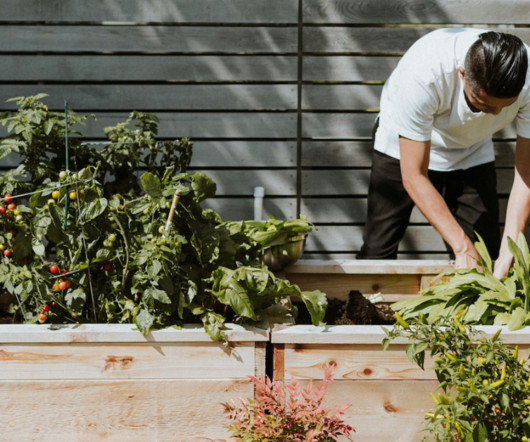
Food Tank
MARCH 1, 2024
To read more about Indigenous cultivation, check out Iwigara: American Indian Ethnobotanical Traditions and Science by Enrique Salmón. Speaking of cultivating a better world: One final reminder to join us this Sunday, March 3, for our Summit on creating policy solutions that prioritize the health and well-being of generations to come.
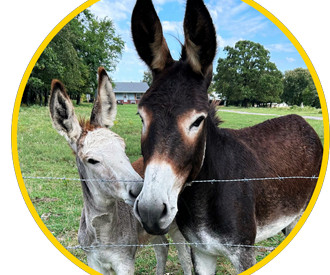
ATTRA
FEBRUARY 24, 2025
Over the four-year course of the project, AFT, Sol Systems, and local partners will plant, manage, and harvest the Kernza crop, as well as collect technical and economic data on grain and forage production.

RR2CS
JUNE 6, 2024
and experienced regenerative farmer, will share his practical insights, success and not-so-successful stories in integrating forage blends into farming operations. This event is a unique opportunity for farmers, ranchers, and agricultural enthusiasts to discover how forage blends can improve both livestock feed quality and soil vitality.
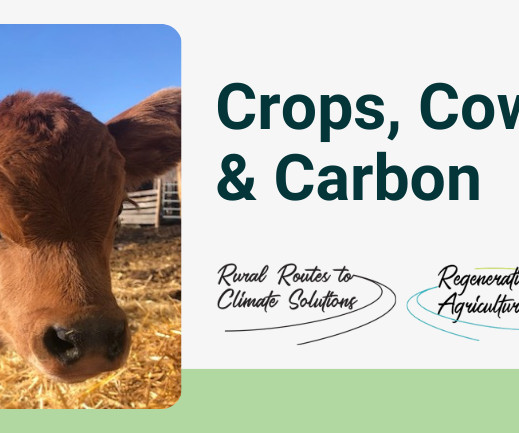
RR2CS
SEPTEMBER 18, 2024
Date: October 16, 2024 Time: 9:30 am – 4 pm Location: Mannville, Alberta Registration Fee: $30 Registration closes October 10, 2024 Are you ready to enhance your farming practice repertoire with innovative solutions like intercropping, forage blends, winter grazing and soil health? Register Now to secure your spot! Register Today.
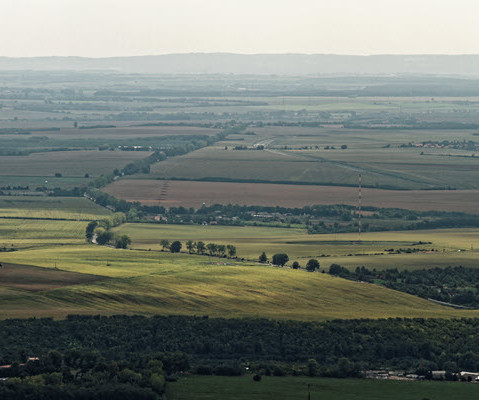
ProAg
AUGUST 11, 2023
The expansion of enterprise units gives more producers the same options for discounted insurance coverage as row crops.
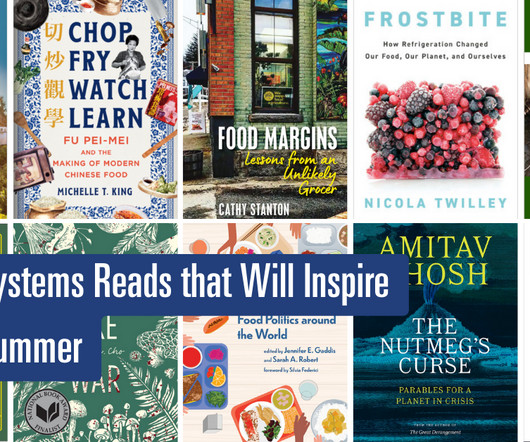
Food Tank
JULY 2, 2024
Rethink your relationship with gardening in Tama Matsuoka Wong’s Into the Weeds: How to Garden Like a Forager , or learn about food systems innovations in the face of climate change in Food Systems of the Future. He explores how cultivating indigenous trees and investing in new, modified tree crops can produce food, medicine, money, and jobs.
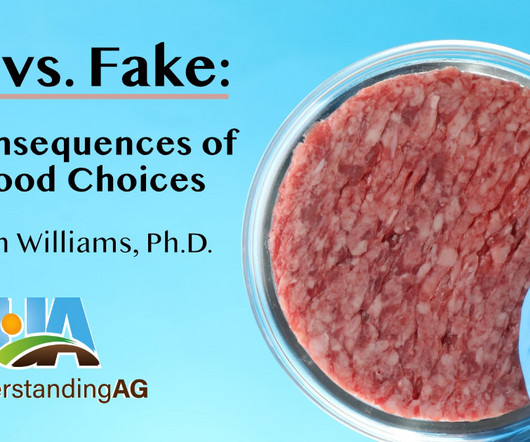
UnderstandingAg
SEPTEMBER 24, 2023
Also known as “cultivated meat,” these products are made by taking stem cells from animals and growing them petri-dish style around a scaffolding in nutrient-rich broth. The reasoning behind the cultivation of lab grown meat is comprised of several thought processes. The standing forage biomass is often 300%+ higher.
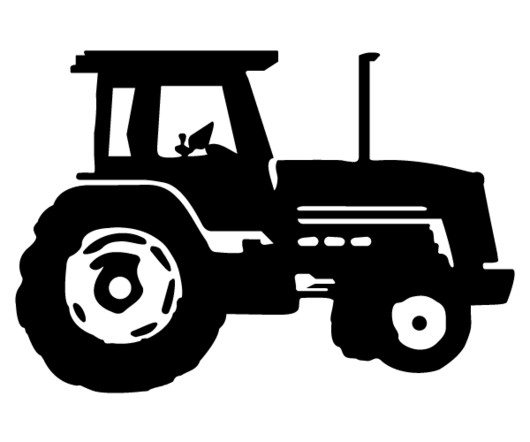
Modern Farmer
MARCH 11, 2024
Not only does she mention them, she lists them as one of the top species to forage. Wong is a professional forager, finding, growing and collecting edible plants, many of which are considered weeds by the general population. If you begin foraging, it’s important to do so safely, sustainably and ethically. Right: Honeysuckle.

Agric4profits
DECEMBER 18, 2023
It's primarily cultivated as a forage crop for Alfalfa, scientifically known as Medicago sativa, is a perennial flowering plant that belongs to the pea family.

Civil Eats
DECEMBER 19, 2023
Their shells are harder and thicker than those of the English walnut, the most common commercially cultivated species, and are difficult to separate from the kernel within. Foragers earn at least 20 cents per pound for black walnuts, with bonuses for higher volumes; the smaller and more finicky acorns can fetch up to $2 per pound.

Agriculture for Life
APRIL 16, 2020
Glyphosate is applied indiscriminately to the plants and, often, to adjacent areas (since GM crop is tolerant) later in the spring for greater exposure of bees. Glyphosate is applied indiscriminately to the plants and, often, to adjacent areas (since GM crop is tolerant) later in the spring for greater exposure of bees.

Food Tank
OCTOBER 11, 2023
It also reveals that the production cultivation of barley and hops is responsible for most of the environmental impact of beer. Holden Manz, South Africa Certified by Sustainable Wine South Africa (SWSA), Holden Manz cultivates 16 hectares of vineyards in the Franschhoek Valley, tucked in the mountains of the Western Cape.
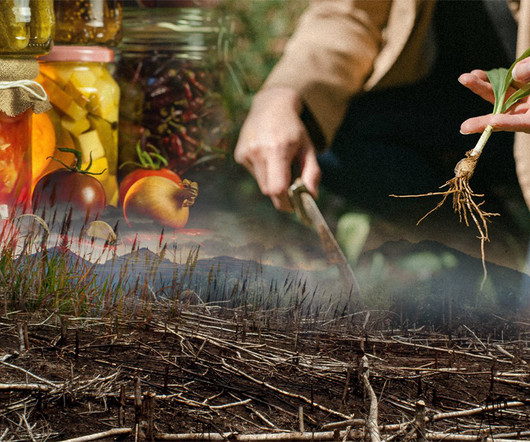
Civil Eats
SEPTEMBER 23, 2024
That’s when Oyster Oyster draws heavily from its pantry of foraged wild plants and ingredients preserved from nearby climate-friendly farms. At right: roasted asparagus with locally foraged ramps, crispy potato, radish and a Virginia peanut broth infused with Thai basil oil. “Come February, we have this very short farm list.
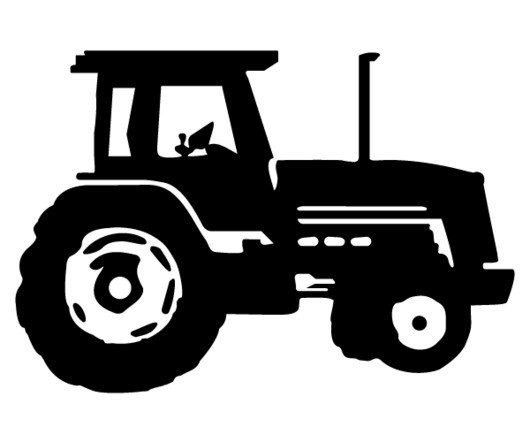
Modern Farmer
MARCH 4, 2024
Her Belgian start-up cultivates mycelium—the thread-like root structure of fungus—using the plastic- and toxin-laden stubs as fodder. A designer by training, Speyer stumbled on fungi while searching for a sustainable and easy-to-cultivate material. Fungi are nature’s recyclers,” says PuriFungi’s Audrey Speyer.

Modern Farmer
SEPTEMBER 7, 2023
Introduced to the islands decades ago as livestock forage, invasive vegetation such as Guinea grass and buffelgrass proliferate in the islands, largely on unmanaged agricultural land. “It’s all grazed pasture,” he says, spared “because the fuel load was low.”
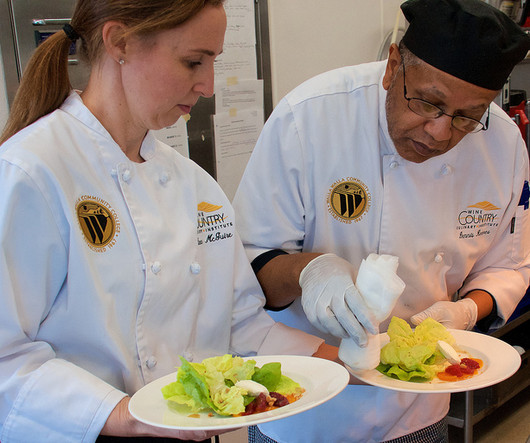
Modern Farmer
AUGUST 29, 2023
Bakersfield College boasts an Edible Gardens Catalog program, Kalamazoo Community College offers Sustainable Food Systems Competencies coursework and Greenfield Community College’s Farm and Food Systems covers mushroom foraging and cultivation, permaculture design, beekeeping, food preservation and more.
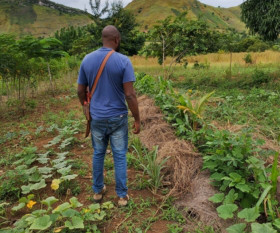
ATTRA
APRIL 7, 2025
Indigenous communities across the Amazon, West Africa, and Southeast Asia have long used successional agroforestry techniques to cultivate staple crops while regenerating soil health and boosting biodiversity. Like most agroforestry systems, people have been practicing syntropic agriculture for thousands of years.
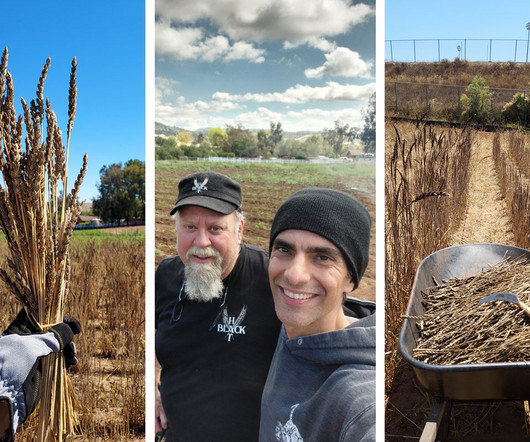
Civil Eats
NOVEMBER 14, 2023
But intensive cultivation and lack of variety led to challenges in productivity. percent, and it’s concentrated in the San Joaquin and Sacramento valleys and used mostly for animal forage. In good rain years, it can yield a harvest; in dryer years, it can be used for forage.” feet high in this exceptionally rainy year.
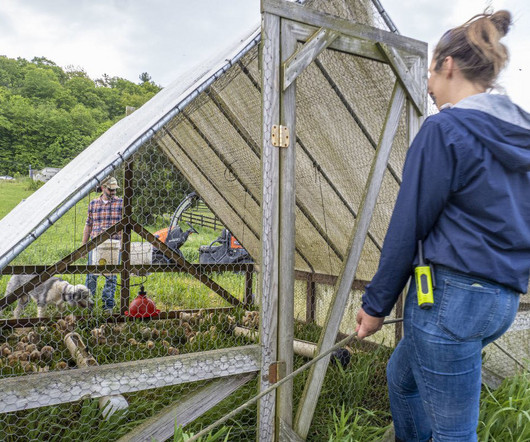
Civil Eats
JANUARY 23, 2024
As a presenter at the Pescadero workshop, Rivera reminded lawmakers that Native farmers, ranchers, and food producers—including foragers and harvesters—hold deep-rooted, traditional expertise. And finally, the weekend gathering highlighted yet another perk to regenerative farming: “mind-blowing” produce cultivated in rich healthy soil. “It
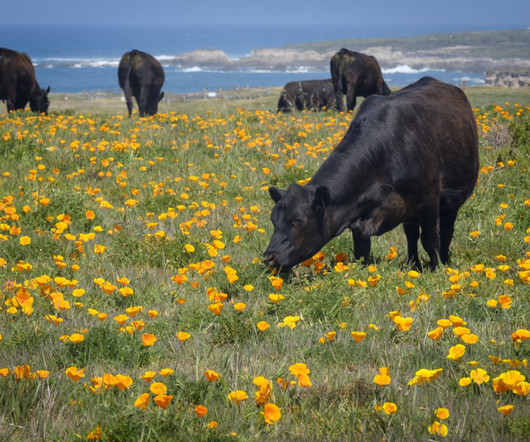
Civil Eats
MARCH 4, 2024
By “mimicking nature,” the grazing patterns of ruminants benefit from natural forage and room to roam, all the while “maximizing soil health and biodiversity” of plants, insects, and other animals. on the other hand, cultivates its supply pipeline “over many years of sustained [purchasing] commitments” to individual operations, he says.

RR2CS
JANUARY 3, 2024
Their approach to agriculture involves regenerative practices and the conversion of their land back to perennial coverage, including the cultivation of multi or polyculture crops for swath grazing. Glen: For the last seven or eight years we’ve been seeding brassicas with oats and forage peas. Absolutely.
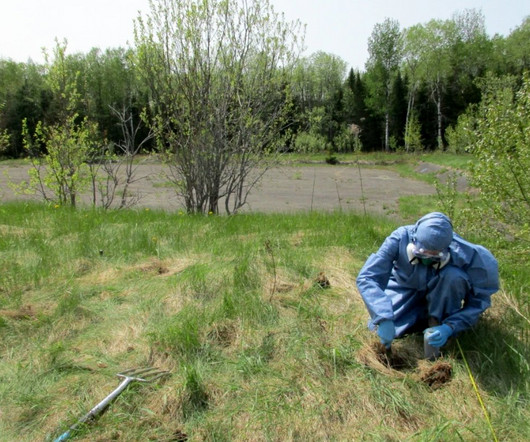
Civil Eats
OCTOBER 2, 2023
Leafy greens, such as lettuce, have a high transfer rate and can easily carry dangerous levels of forever chemicals as can hay and grasses usedfor animal forage. We can fund a farm to switch from hay to grain cultivation, which requires new equipment, new storage, and new drying facilities,” she added. “In

Sustainable Food Trust
JUNE 5, 2024
Our milk is not only cruelty-free, but its production also has a benign impact on the environment and is integrated with local crop cultivation. During the course of a year, the camels forage on different types of land that include harvested fields, forest, sacred groves and what is classified as revenue land.

Agwired
SEPTEMBER 11, 2024
However, because federal laws restricted hemp growth and research until recently, commercial hemp production lacks best practices for cultivation, including effective and safe pest and disease management. The economic importance of hemp is increasing both globally and in the United States. Rivulis Pte.

National Sustainable Agriculture Coalition
DECEMBER 15, 2023
After heavy grazing, a mixed summer forage is still building soil. The mix includes sorghum-sudangrass, sunn hemp, cowpeas, and millet. Photo credit: Cathy Day Editor’s Note: This post is the second in a two-part series. We appreciate your work!
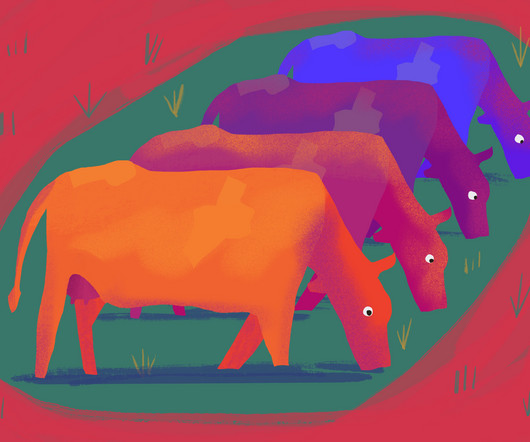
Modern Farmer
JULY 10, 2023
His 580-acre farm grows enough forage to supply the herd, so “I’m good with where I’m at,” he adds. Orchards, vines and other perennials cultivated as long-term investments have steadily replaced ephemeral crops such as tomatoes and cotton, which are far less costly to sacrifice or replace.
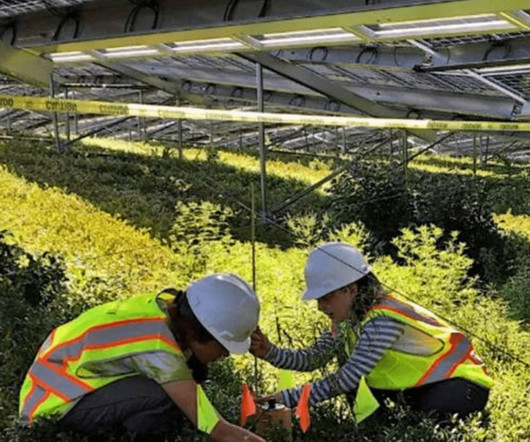
Agritecture Blog
OCTOBER 13, 2022
They must be gently cultivated where the low-lying bushes grow naturally, and the small, sweet berries are sold in the local area, too delicate to easily transport far. We’re looking at everything from orchard crops like apples to potatoes to grazing systems to hay to forage,” he said.

Caff
JUNE 13, 2023
Many agencies have established minimum thresholds for pollutants of concern to human health, livestock, forage, soil, and water. Keep flammables away from cultivation and livestock holding areas as well as from freshwater and/or irrigation sources to minimize the potential for drift.

Agwired
NOVEMBER 1, 2024
This program, hosted by the USCP, is designed to cultivate the next generation of leaders and advocates for the sorghum industry. The award is sponsored by the Georgia Peanut Commission and BASF. The United Sorghum Checkoff Program (USCP) announces the members of Leadership Sorghum Class VII. The first session will take place Dec.
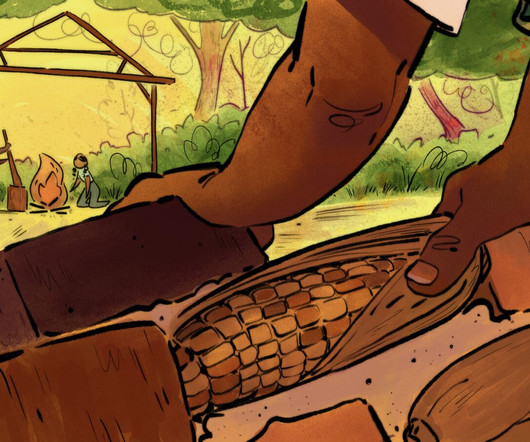
Food Environment and Reporting Network
OCTOBER 1, 2024
As a member of the Oglala Lakota from Pine Ridge, South Dakota, a chef, and a historian, I see the massive potential in harnessing, cultivating, and elevating the Indigenous culinary creativity that permeates this massive region. A broad, Native-led restaurant industry could become a huge driver of food-focused tourism.

Modern Farmer
JANUARY 19, 2024
The GLSAs provide vegetative cover for foraging, roosting and nesting wildlife including raptors, wading birds, songbirds, pollinating insects and small mammals such as moles and mice. “We They’d argue that there are benefits even after a short period of uncropping (up to six years).
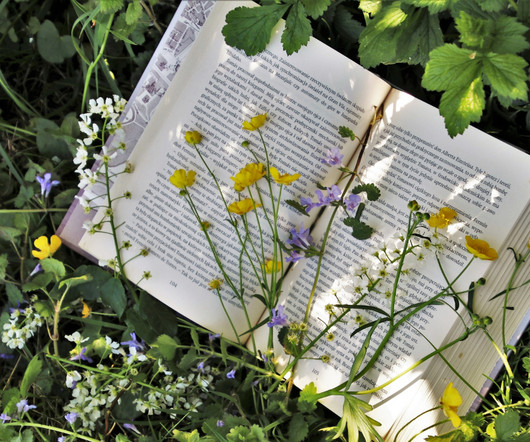
Sustainable Food Trust
AUGUST 6, 2024
The author’s journey into landscapes of the past and the foods they provide takes him far and wide – starting in Çatalhöyük where humans first settled on the land becoming place-based, cultivating emmer wheat and barley, yet still hunting and foraging their food.
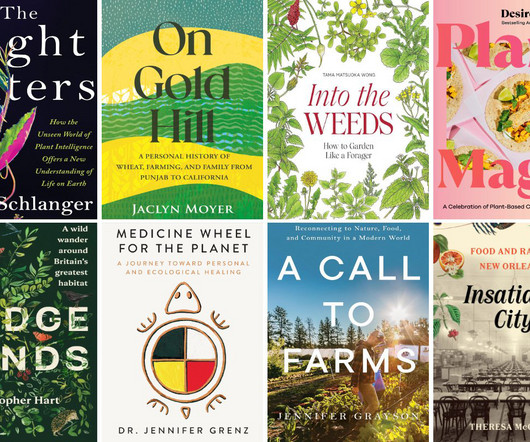
Civil Eats
JUNE 20, 2024
Could cultivating it offer me an opportunity to make up for all that had not passed down to me?” She layers these personal narratives with the larger histories of wheat cultivation over the millennia and the more recent organic farming movement. “Might this obscure wheat contain within it a door to my own heritage?”
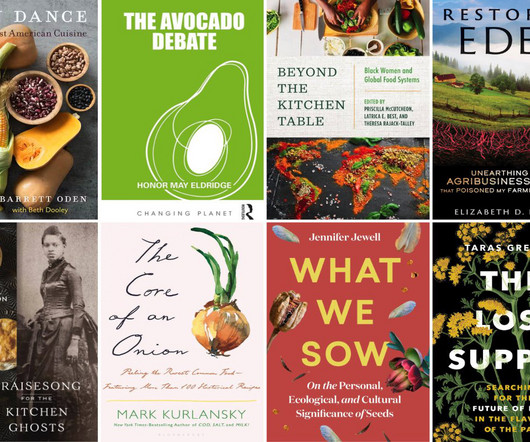
Civil Eats
DECEMBER 5, 2023
Our Staff Reporter Grey Moran has a delightful article about foraging , published in Grist, included in the book. smith Slow Drinks: A Field Guide to Foraging and Fermenting Seasonal Sodas, Botanical Cocktails, Homemade Wines, and More By Danny Childs Danny Childs studied ethnobotany in college. To make an amaro (relatively easy!)
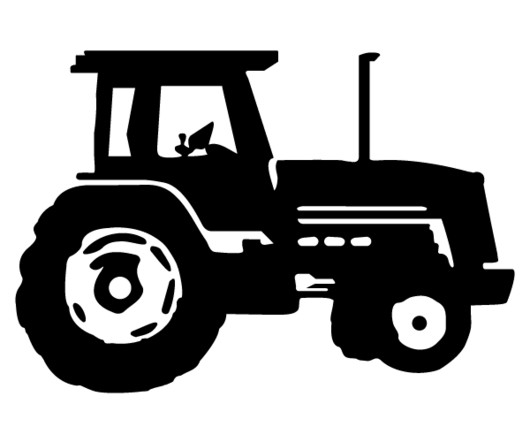
Modern Farmer
FEBRUARY 1, 2024
Merchant, who works at the Community Food Bank of Southern Arizona, sees cultivating mesquite around the city and surrounding areas as an opportunity to ease both heat and hunger. The outcome could be a network of “food forests,” community spaces where volunteers tend fruit trees and other edible plants for neighbors to forage.
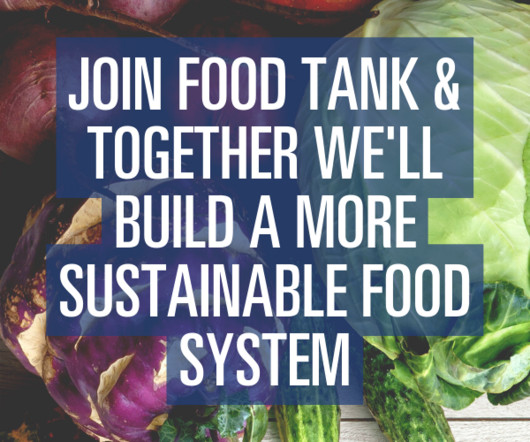
Food Tank
OCTOBER 30, 2024
The Deerholme Mushroom Cookbook: From Foraging to Feasting, Revised and Updated by Bill Jones This revised and updated edition of Deerholme is a guide to all things fungi, both wild and cultivated.
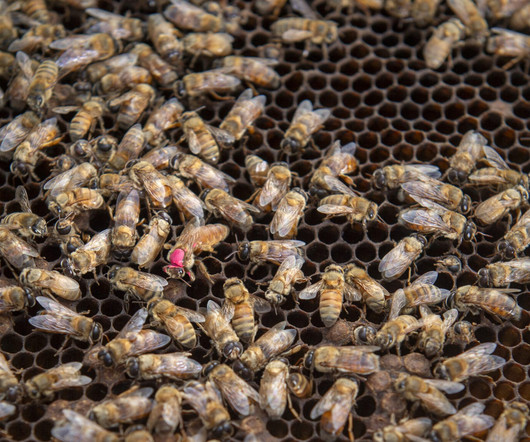
Food Environment and Reporting Network
DECEMBER 18, 2023
The way the food was cultivated and handled, its treatment in the kitchen, the way it was savored and shared at the table, was a revelation to me. Bras was known for going on foraging excursions into the hills surrounding the Massif Central mountains in south-central France, in search of wild ingredients. But my heart wasn’t in it.
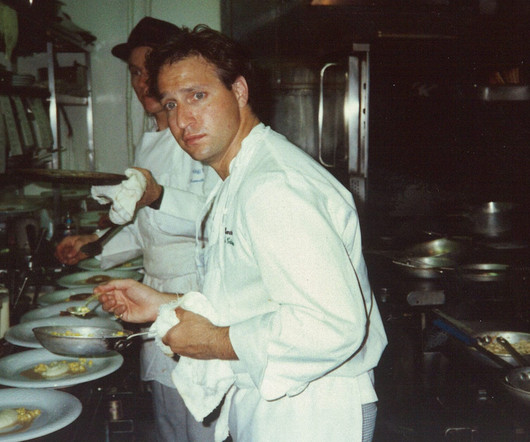
Food Environment and Reporting Network
NOVEMBER 16, 2023
The way the food was cultivated and handled, its treatment in the kitchen, the way it was savored and shared at the table, was a revelation to me. Bras was known for going on foraging excursions into the hills surrounding the Massif Central mountains in south-central France, in search of wild ingredients. But my heart wasn’t in it.
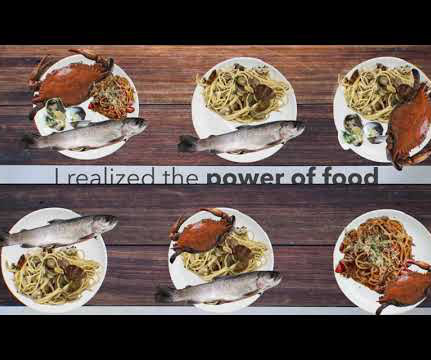
Food Environment and Reporting Network
DECEMBER 4, 2023
The way the food was cultivated and handled, its treatment in the kitchen, the way it was savored and shared at the table, was a revelation to me. Bras was known for going on foraging excursions into the hills surrounding the Massif Central mountains in south-central France, in search of wild ingredients. But my heart wasn’t in it.
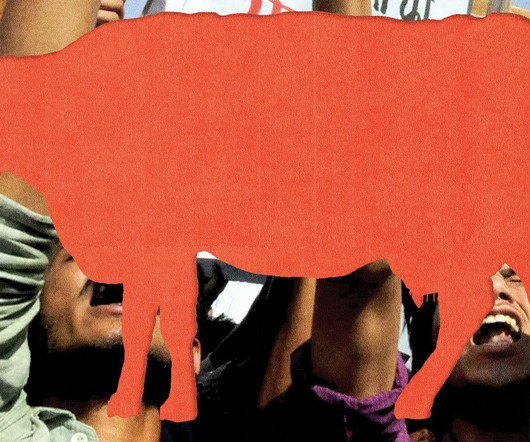
Food Environment and Reporting Network
DECEMBER 11, 2023
The way the food was cultivated and handled, its treatment in the kitchen, the way it was savored and shared at the table, was a revelation to me. Bras was known for going on foraging excursions into the hills surrounding the Massif Central mountains in south-central France, in search of wild ingredients. But my heart wasn’t in it.
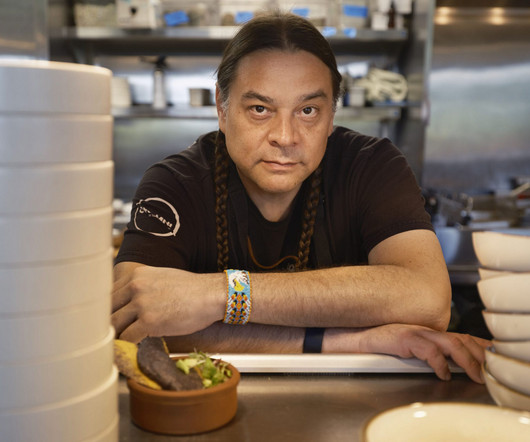
Food Environment and Reporting Network
NOVEMBER 30, 2023
The way the food was cultivated and handled, its treatment in the kitchen, the way it was savored and shared at the table, was a revelation to me. Bras was known for going on foraging excursions into the hills surrounding the Massif Central mountains in south-central France, in search of wild ingredients. But my heart wasn’t in it.
Expert insights. Personalized for you.
We have resent the email to
Are you sure you want to cancel your subscriptions?


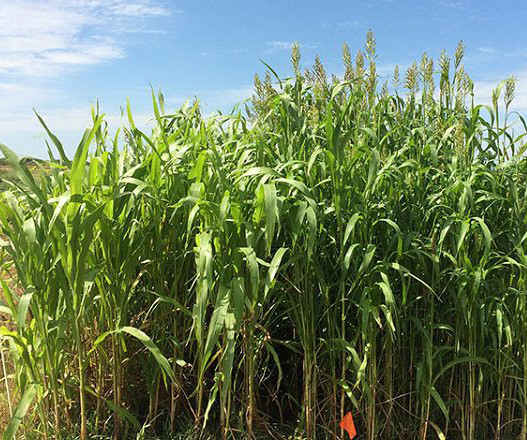
Let's personalize your content